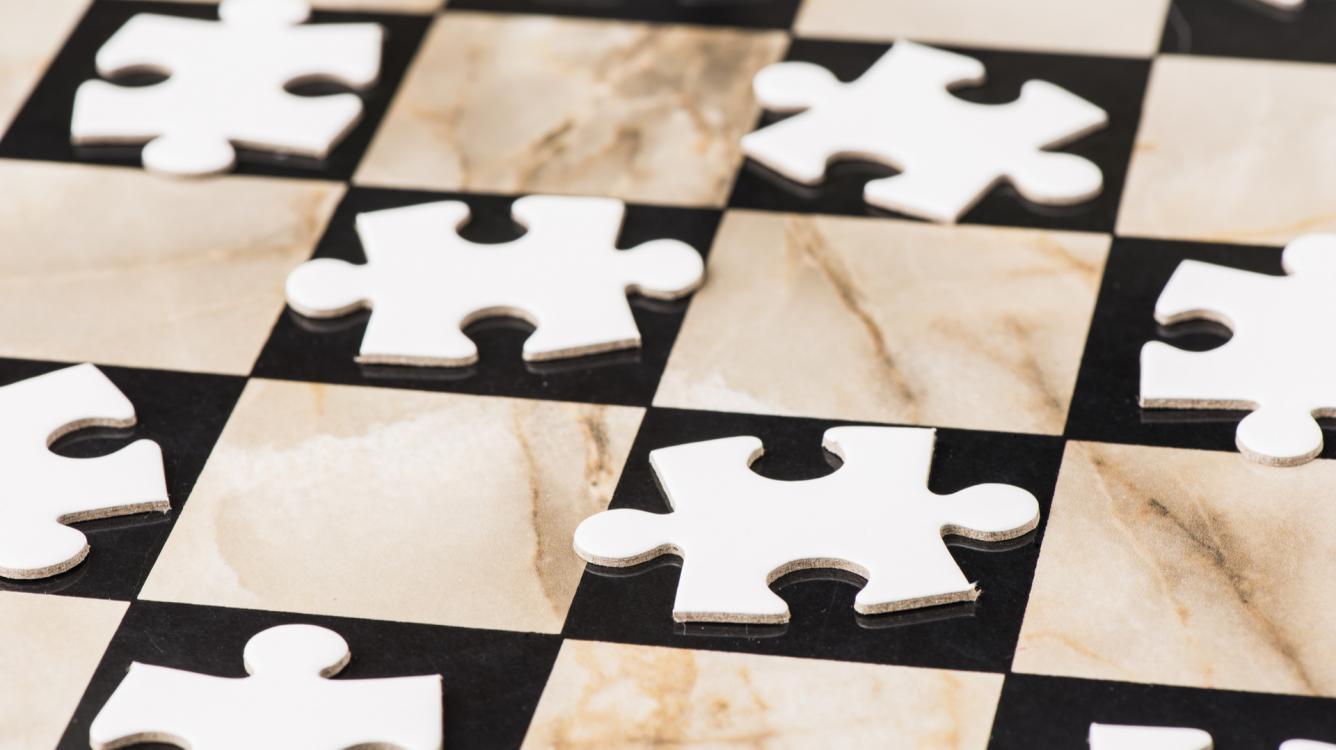
Chess Tests For Players 1400 And Up
Here are six puzzles.
They might be tactics, they might be positional, or the puzzle might be about understanding some hidden deep, dark, strategic concept. In other words you need to face real-world problems and figure out real-world solutions. In a actual game nobody tells you, “that such and such is weak, you should attack it.”
Or, “Hey Mr. X, look for a tactic!” No, YOU need to figure these out first, and only then make a move (if you have no idea what’s going on, your move most likely won’t cater to the position).
Also, the range of difficulty can be hard or easy. Again, real chess demands that you find the secrets of the position, no matter how hard it is to do so. How do you find such secrets? In many situations you will know with a glance based on the patterns you’ve learned. If you don’t know many patterns you’ll probably fail. No patterns, no success (unless you seek out players far weaker than you are. That might sooth your ego, but you’ll never improve as a player).
The good part is that if you do fail to understand something, the puzzle will teach you. So it’s a win/win.

I will give fairly difficult puzzles, which may be suitable for players rated 1400 and up (perhaps way up!). Do your best, and don’t feel bad if you fail to find the solution. Instead, look at it as a learning experience.
FIRST, A PUBLIC SERVICE: Whenever I give puzzles, quite a few people don’t realize that they can press the question mark at the bottom left of the board and see various notes. Another bit of puzzle confusion is alternative moves. Yes, there are many situations where there is more than one really good move (or even multiple ways to mate!). When this occurs they think that I missed it. No, I didn’t. The problem is that the software will only allow one “best” move. Fortunately, I will usually have mentioned the moves you were screaming about in the notes!
OK, have a good time! And DO read the instructive notes.
PUZZLE ONE
How would you play the black side?
PUZZLE TWO
White needs to find a plan. Instead White played 18.Qf2, which isn’t bad, but it’s not a plan. There is one very powerful plan. Can you find it?
PUZZLE THREE
White has a killer knight on c4, which is eyeing Black’s b- and d-pawns. White’s bishop can get active by Bh3. And White’s rook can swing to the f-file right away. On the other hand, Black’s b7-knight is horrible. How would you assess this position and how would you play the black side?
PUZZLE FOUR
White’s clearly better, but finding a continuation that adds to Black’s misery isn’t easy to find. Or is it? (it could be a queen sacrifice or a simple pawn move or anything else).
PUZZLE FIVE
White is two pawns up, but it’s not so easy to reel in the win if your king is vulnerable. Since White’s queen was attacked by Black’s rook, White moved his queen to f3.
So, Black really did have a trap for White, right? Right?
PUZZLE SIX
Assess this position.



